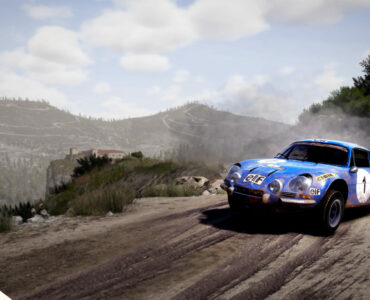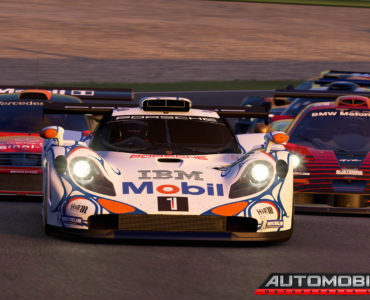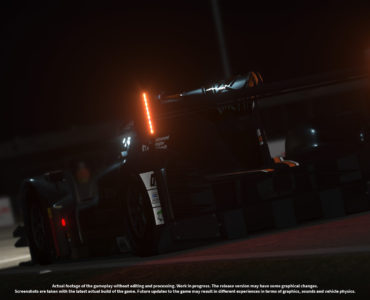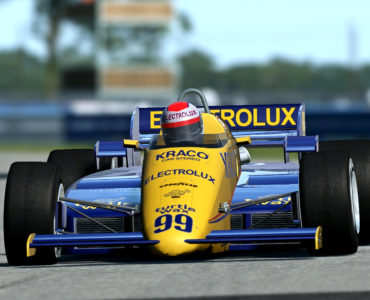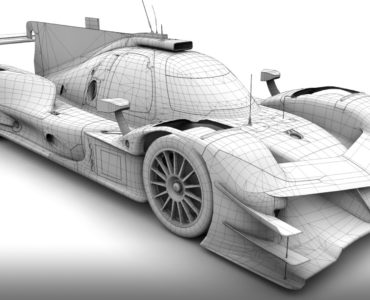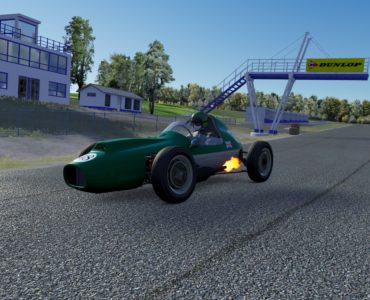 GamesIndustry.biz has published an excellent and very extensive developer interview with several Slightly Mad Studios’ staff members on their recently-released Need for Speed Shift 2 Unleashed title.
GamesIndustry.biz has published an excellent and very extensive developer interview with several Slightly Mad Studios’ staff members on their recently-released Need for Speed Shift 2 Unleashed title.
The interview touches on several subjects as Andy Tudor, Doug Arnao, Jan Frischkorn & others talk about lots of technical details and the challenges of creating such a massive title.
To whet your appetite, here’s what Doug Arnao had to say about the physics engine that powers Shift 2 Unleashed:
The physics model is a full 3D scope engine capable of creating the car dynamics based on parameters taken from the specs of the real-life car – those provided by manufacturers directly and those provided from extensive research. Chassis, suspension, aerodynamics and tyres all generate their forces in 3D in real time. We run these models and recalculate the car state at 400 times per second which makes for a very convincing experience as nothing is left to guesswork.
The chassis model in itself is pretty extensive (approximately 150 parameters). Basics include weight and CG heights and positions and we model the weight and inertia of the sprung and un-sprung masses separately along with spin inertias of the un-sprung items (wheels, brake discs etc). There are 3D suspension geometry parameters for all inner/outer points of a double wishbone along with the tie-rod and damper placements.
The dampers themselves have slow and fast parameters (n/mm/sec) with adjustable switchover points and bump stops with their own stiffness settings. Differentials are the standard ‘Salisbury’ type with accel/deccel lock settings and visco electronic diffs are also modelled along with inputs for spring rate. Brake torque and brake heating are monitored on a per wheel basis in order to get the heating right for brake pad fade and disc glows.
The tyre model is based on the ‘brush model’ slip curve generation. Core parameters here include: cornering/braking/self-aligning stiffness, load and camber sensitivities, heating parameters, rolling resistance and base grip of the rubber in longitudinal/lateral directions. The tyre model therefore is class leading (if not the best) in the sim industry.
Finally, the engine model uses a standard rpm/torque curve lookup in 250rpm increments. Some parameters are: rotating inertia, accel friction drag, deccel drag, heating. Turbos are modelled as separate components with their own separate physics and can be bolted on to directly effect it as in the real world.
For more amazing details like this, make sure to check out the two-part article here and here. A free account on GamesIndustry.biz is required but the article is well-worth the effort as we´ve learn why features such as rain and dynamic time of day couldn’t be included, what methods were used to create the cars & tracks and much more!



